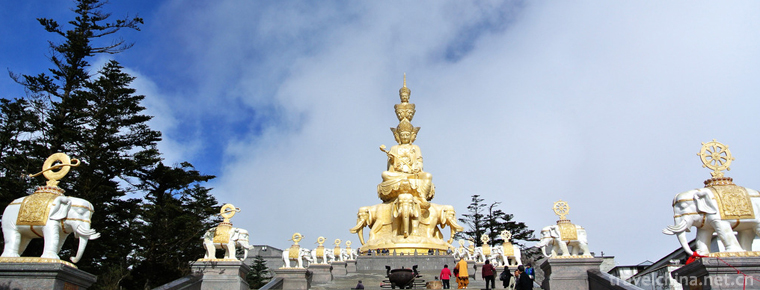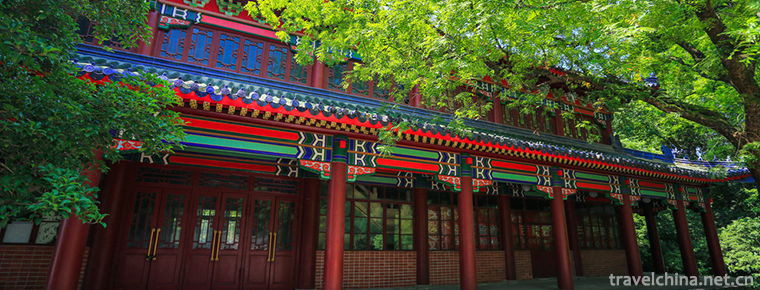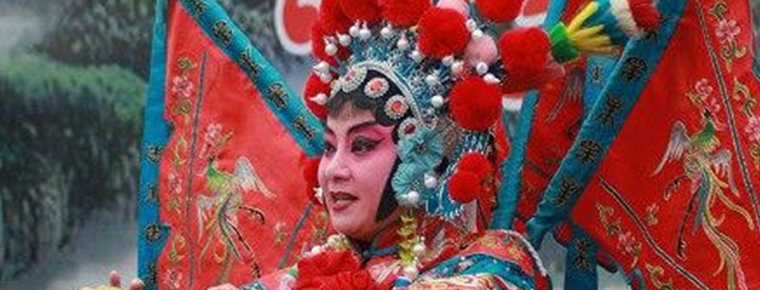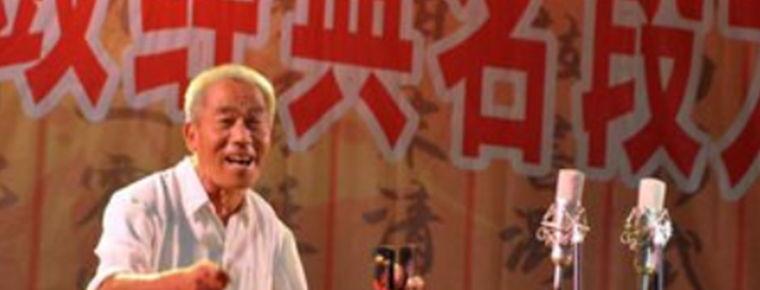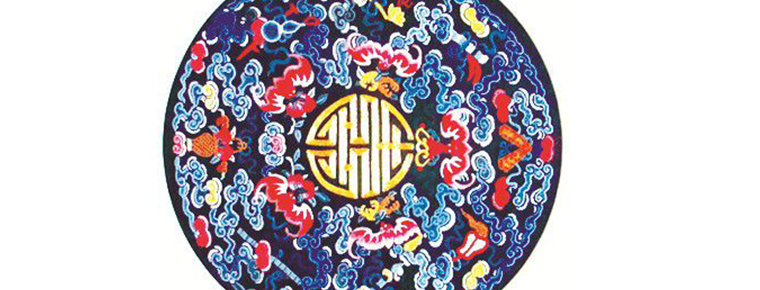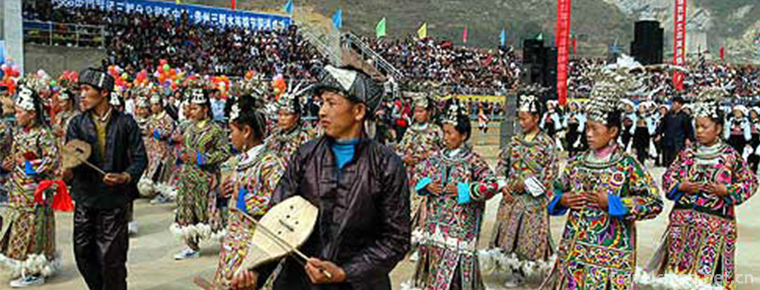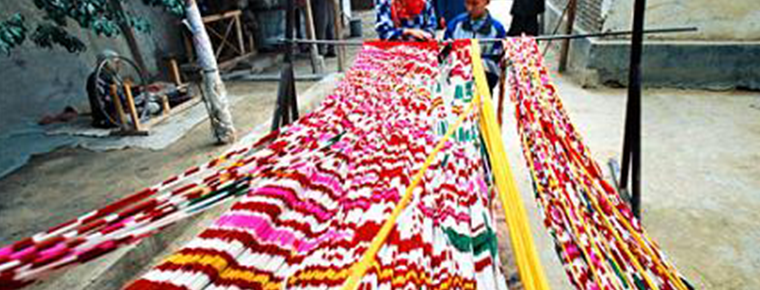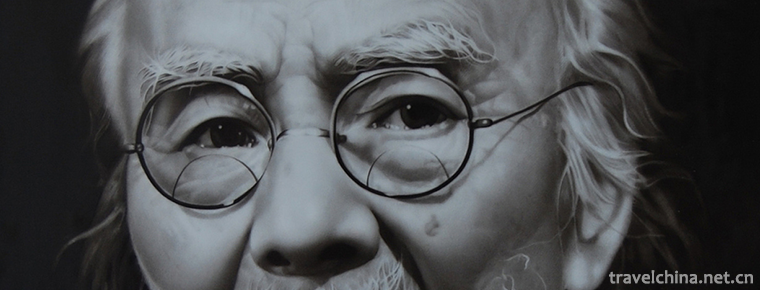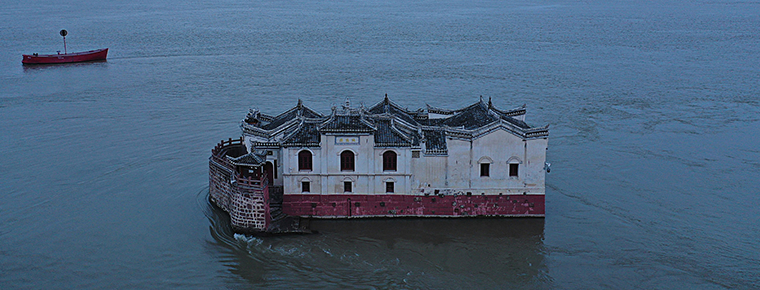Soil alkali firing technology
Soil alkali firing technology
Artemisia alkali firing soil and alkali technology, known to inherit five or six generations, has a history of more than 200 years.
On June 7, 2008, the soil-alkali firing system was approved by the State Council and listed in the second batch of national intangible cultural heritage list.
History
In 2007, Tian Xiyun, the inheritor of alkali-artemisia sintering soil-alkali technology in Xinhu farm, was invited to interpret the whole process of alkali-artemisia sintering soil-alkali technology in Xinhu farm, and the farm was made into TV and carved into CD-ROM for preservation.
According to historical records, Xinjiang has a dry climate and a high content of saline-alkali soil. A wild plant, Artemisia alkali, is alkali-tolerant, drought-tolerant, and has strong vitality. It spreads or flocks around the alkali lake and on the saline-alkali patches. It can form a pure community and is also a companion species of other halophyte communities. Local people found that Artemisia alkali can be used not only as firewood and retting fertilizer, but also as soil and alkali. Soil alkali can wash clothes, wash hands and remove grease stains. It can also be manually kneaded with noodles to make gray noodles. People can easily digest gray noodles when they eat them. Soil alkali can not be replaced by edible alkali sold in the market.
raw material
The tender seedlings of Artemisia alkali are commonly known as "wolftail (yx) bassiana", "Artemisia alkali", "Artemisia salina". Annual herbs have erect stems, cylindrical, 30-100 cm high. Flowers are solitary or 2-3 stalks clustered on the short stalks of axillary leaves, which are umbrella-shaped. The perianth is pentagonal star-shaped in fruit stage. They are typical halophytes. Artemisia alkali is salt-loving and humid, its stem and leaf are fleshy, and there is a large amount of water in the leaves, so it can endure temporary drought. The dormancy period of seeds is very short. When suitable conditions are met, seeds can germinate and grow quickly. When young, pigs eat less of their leaves, and cattle and horses generally do not eat. Seeds are rich in oil and can be used as soap and paint. It can be used in printing and dyeing, glass industry and raw materials of chemical industry.
Intangible cultural heritage
It has been handed down orally or by way of action by human beings. It has national historical accumulation and extensive and representative folk cultural heritage. It was once known as the "living fossil" of historical culture and the "background of national memory".
The biggest characteristic of intangible cultural heritage is that it is not separated from the special way of life and production of the nation, and it is the "living" manifestation of national personality and aesthetic habits. It is the most vulnerable part of the "living" culture and its tradition, which relies on human beings, expresses itself by means of voice, image and skills, and continues through the transmission of body and mouth as a cultural chain. The second Saturday in June is designated as "Cultural Heritage Day". So far, China has already had "Cultural Heritage Day", "Cultural Heritage Symbols" and "Public Welfare Songs for Cultural Heritage Protection", which will play a very positive role in enhancing the awareness of cultural heritage protection of all the people.
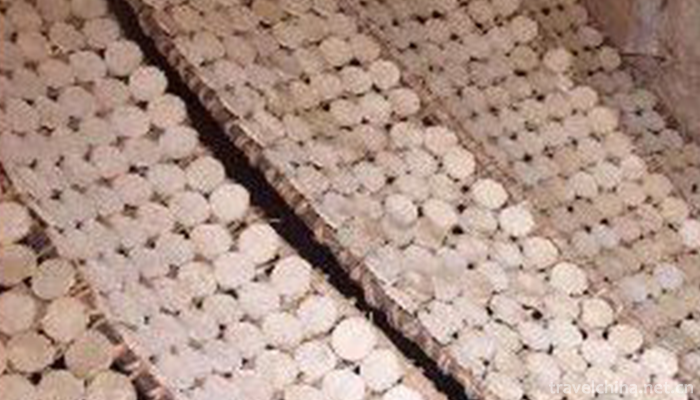
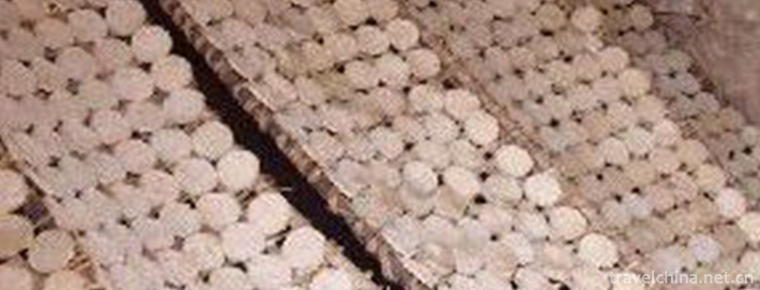
Soil alkali firing technology
-
Mount Emei
Mount Emei is located in Mount Emei, Leshan City, Sichuan Province, China.
Views: 405 Time 2018-10-13 -
Aerhchin Mountains
Altyn Tagh is a mountain range in southeastern the Xinjiang Uygur Autonomous Region, China. The eastern end extends to the two provinces of Qinghai and Gansu
Views: 290 Time 2018-11-01 -
Ming Xiaoling Mausoleum
The Ming Xiaoling Tomb is situated at the south foot of Zijinshan Mountain in Xuanwu District, Nanjing, under Dulongfu Playing Pearl Peak. It is adjacent to Zhongshan Tomb in the East
Views: 185 Time 2019-02-07 -
Laiwu Bangzi
Laiwu Bangzi, also known as Laiwu Bangzi, is a unique opera in China. It has a history of more than 200 years and is a wonderful flower in traditional Chinese local operas.
Views: 319 Time 2019-05-10 -
Lu an drum
Luan drum is a traditional drum book and drum music form with distinct regional characteristics in the north, also known as the "old tune of Lu'an". It is named for its popularity in the are
Views: 449 Time 2019-05-15 -
Manchu embroidery
Manchu embroidery, commonly known as "needle embroidery", "tie flowers" and "embroidery", was originally popular in the vast rural areas where Manchu people lived togethe
Views: 283 Time 2019-05-16 -
Shuizu Duanwu Jie
The aquarium duanjie is called "borrowing duanjie" in the language of water. "Duan" means "the first year of life" or "New Year", "borrow" means "
Views: 195 Time 2019-06-16 -
Weaving and Dyeing Techniques of Adlais Silk
Adlais silk is produced in Jiya Township, Luopu County, located in the northwest of Luopu County, on the East Bank of the middle and lower reaches of the Yulong Kashi River. Ancient Hetian was the tra
Views: 450 Time 2019-07-06 -
Guanyin Pavilion
Stand on Ezhou The city's Xiaodong gate dike overlooks the Yangtze River, and a huge reef stands in the center of the Yangtze River. Long pan Ji " It is also known as "Wanli Changjiang first
Views: 491 Time 2019-09-20 -
Batang Tuanjie steamed stuffed bun
The Tuanjie steamed bun was not invented by the 18th army when it entered Batang. In the old days, Tuanjie steamed bun, to be exact, was made by Batang ancestors hundreds of years ago. Moreover, it has been handed down to the present day.
Views: 250 Time 2020-12-06 -
Nanchong ecological environment
In 2019, the total amount of funds used for environmental protection capacity building and supervision and operation of Nanchong City is 14.1809 million yuan, including 2.4476 million yuan for monitoring capacity construction and 11.7333 million yuan for environmental
Views: 324 Time 2020-12-17
